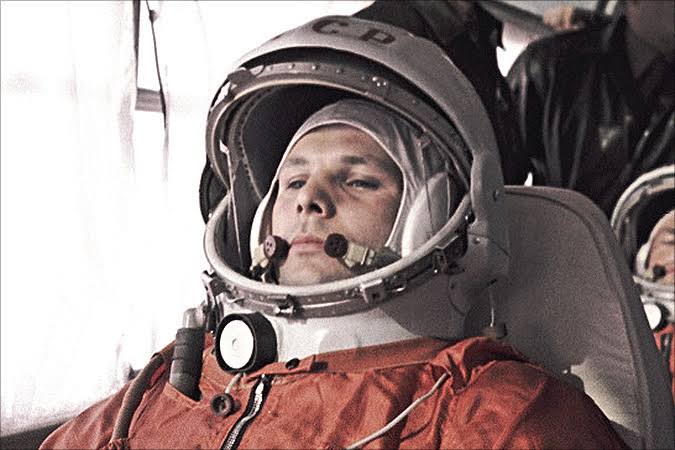On April 12, 1961, a remarkable event shook the world, marking the beginning of human space exploration. Yuri Gagarin, a Soviet cosmonaut, became the first person to venture into outer space, orbiting the Earth aboard the Vostok 1 spacecraft. This groundbreaking achievement cemented Gagarin's place in history, inspiring generations of astronauts, cosmonauts, and space enthusiasts.
Early Life and Career
Born on March 9, 1934, in Klushino, Russia, Yuri Gagarin grew up with a passion for mathematics and science. He attended a technical school, where he developed an interest in aviation. After completing his education, Gagarin joined the Soviet Army and trained as a pilot, eventually becoming a lieutenant in the Soviet Air Force.
Selection as a Cosmonaut
In 1960, Gagarin was selected to join the Soviet cosmonaut program, along with 19 other pilots. He underwent rigorous training, which included weightlessness, centrifugal training, and isolation tests. Gagarin's exceptional physical and mental abilities made him an ideal candidate for the historic spaceflight.
The Historic Spaceflight
On April 12, 1961, Gagarin launched into space aboard the Vostok 1 spacecraft, becoming the first human to leave Earth's atmosphere. The spacecraft completed one orbit around the Earth, reaching a maximum altitude of 327 kilometers (203 miles). During his 108-minute spaceflight, Gagarin experienced weightlessness, witnessed the curvature of the Earth, and manually controlled the spacecraft's orientation.
Legacy and Impact
Gagarin's achievement marked the beginning of human space exploration, paving the way for future space travel and research. His bravery and pioneering spirit inspired:
- Space Race: The Soviet Union and the United States engaged in a competitive space exploration program, driving innovation and advancements.
- Astronauts and Cosmonauts: Gagarin's achievement motivated individuals to pursue careers in space exploration.
- Space Research: The success of Vostok 1 led to increased funding and interest in space research, benefiting various fields like astronomy, biology, and physics.
Personal Life and Later Years
After his historic spaceflight, Gagarin became an international hero, touring the world to share his experiences. He continued to work in the Soviet space program, training and testing new spacecraft. Tragically, Gagarin died on March 27, 1968, in a plane crash during a routine training flight.
Conclusion
Yuri Gagarin's remarkable achievement on April 12, 1961, opened the doors to space exploration, inspiring generations to pursue careers in space travel and research. His legacy continues to motivate and captivate people worldwide, reminding us of the power of human curiosity and determination. As we continue to explore the vastness of space, we honor Gagarin's pioneering spirit and contributions to the history of space exploration.
